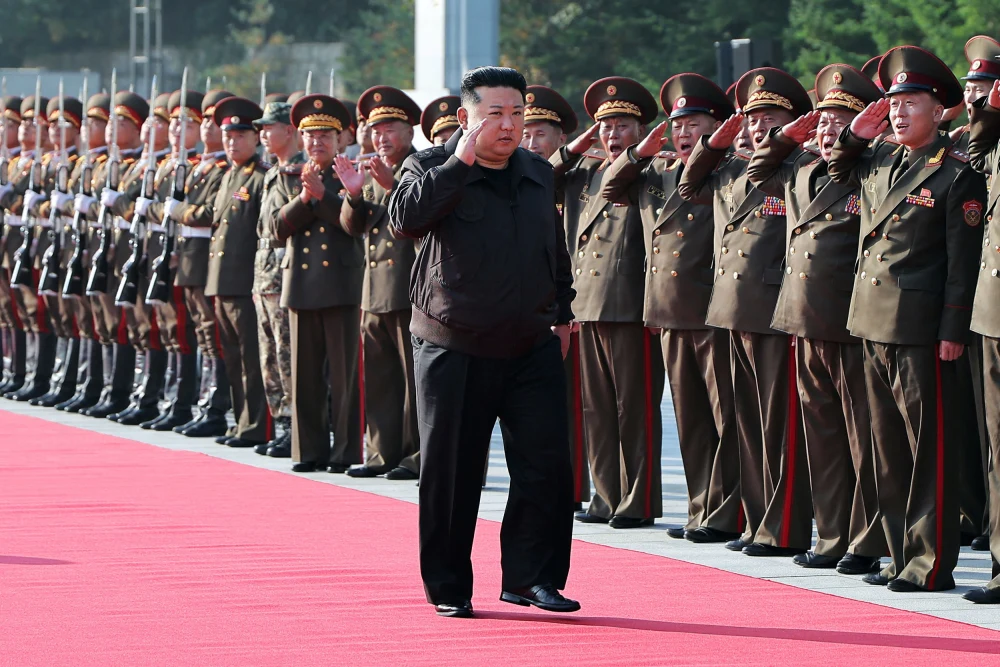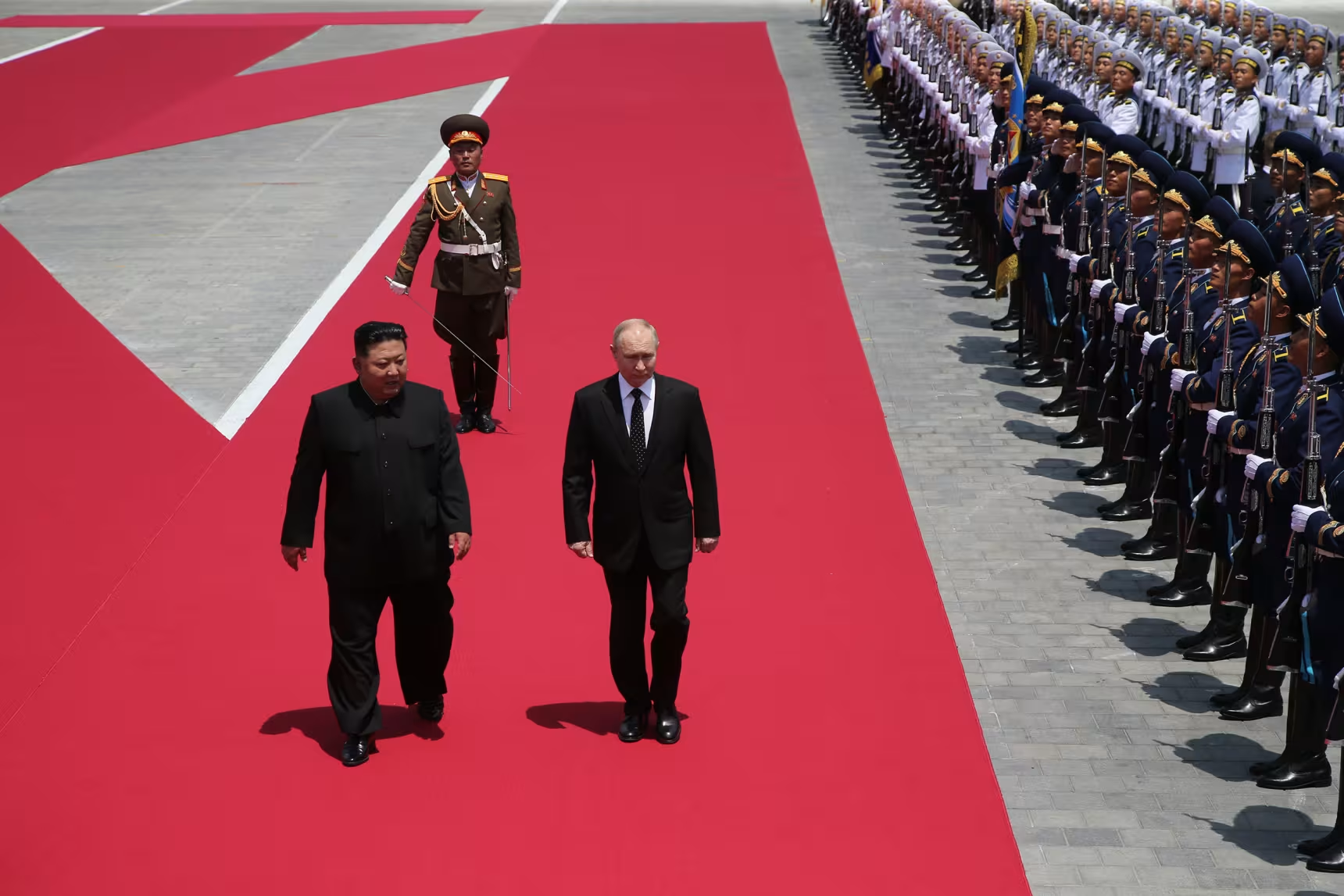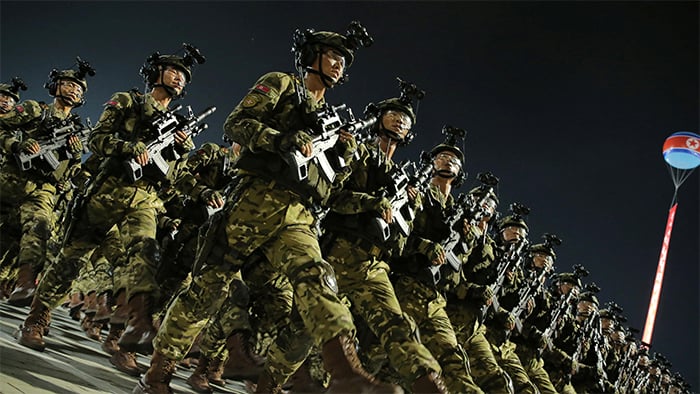Defense Secretary Lloyd Austin confirmed Wednesday that North Korean troops have entered Russia, marking a dramatic escalation in Moscow’s war effort and the first official U.S. acknowledgment of a development that has alarmed Western allies.

“There is evidence of DPRK troops in Russia,” Austin told reporters in Rome, describing it as a “serious issue” if North Korea intends to participate in the war on Russia’s behalf. His statement validates mounting concerns from South Korea and Ukraine, which have been sharing intelligence about the unprecedented military deployment.
South Korean lawmakers disclosed that North Korea has deployed three thousand troops to Russia, part of a broader commitment to send ten thousand soldiers by December. The figure doubles previous South Korean intelligence estimates of fifteen hundred troops. Ukrainian President Volodymyr Zelenskyy separately reported that two units of up to six thousand North Korean troops each are currently training for deployment.
South Korea’s intelligence service revealed sophisticated deployment methods, reporting that North Korean special forces arrived via Russian Pacific Fleet vessels. The troops received Russian military uniforms, weapons, and falsified identification documents designed to present them as residents of Russia’s Far East region. Using AI facial-recognition technology, the agency identified North Korean soldier Ri Song Jin in photographs from Ukraine’s Donetsk region.

The diplomatic fallout has been swift, with South Korea summoning the Russian ambassador to demand the withdrawal of North Korean forces. The U.S. treaty ally now considers providing both defensive and offensive weapons to Ukraine in response to this escalation.
Military experts suggest the deployment serves multiple strategic purposes. Russia gains additional combat forces and North Korea’s artillery expertise while demonstrating expanding international alliances. North Korea benefits from combat experience for its untested military, access to real-time weapons performance data, and strengthened ties with Russia following their June mutual defense pact.
Frank Ledwidge, former British military intelligence officer and senior lecturer at Portsmouth University, notes that while the immediate military impact may be modest, the political implications and training opportunities for North Korean forces are significant. The deployment faces practical challenges, particularly the language barrier between Korean and Russian-speaking troops.

Phillips O’Brien, professor at the University of St. Andrews, predicts North Korean units will operate as independent formations coordinating with Russian commands rather than integrating directly into Russian units. This arrangement could minimize communication difficulties while maximizing operational effectiveness.
The Kremlin has carefully avoided confirming North Korean troop presence, with spokesperson Dmitry Peskov referring to “conflicting information.” North Korea’s UN envoy dismissed the accusations as “groundless rumors” prior to Austin’s confirmation.
The deployment represents North Korea’s first direct military involvement in foreign conflict since the Korean War. With approximately 1.2 million personnel, North Korea’s military engagement marks a significant shift in the international dynamics of the Ukraine conflict.
U.S. officials report that Pyongyang already supplies Moscow with substantial munitions, including millions of artillery shells, reportedly exchanged for military technology that could enhance North Korea’s nuclear and missile programs. Both nations deny these transfers.
Ukrainian intelligence chief Lt. Gen. Kyrylo Budanov indicates North Korean troops could arrive this week in Russia’s Kursk region, where Ukrainian forces previously conducted incursions. The deployment’s timing and scope suggest a calculated escalation in the conflict’s international dimension.



